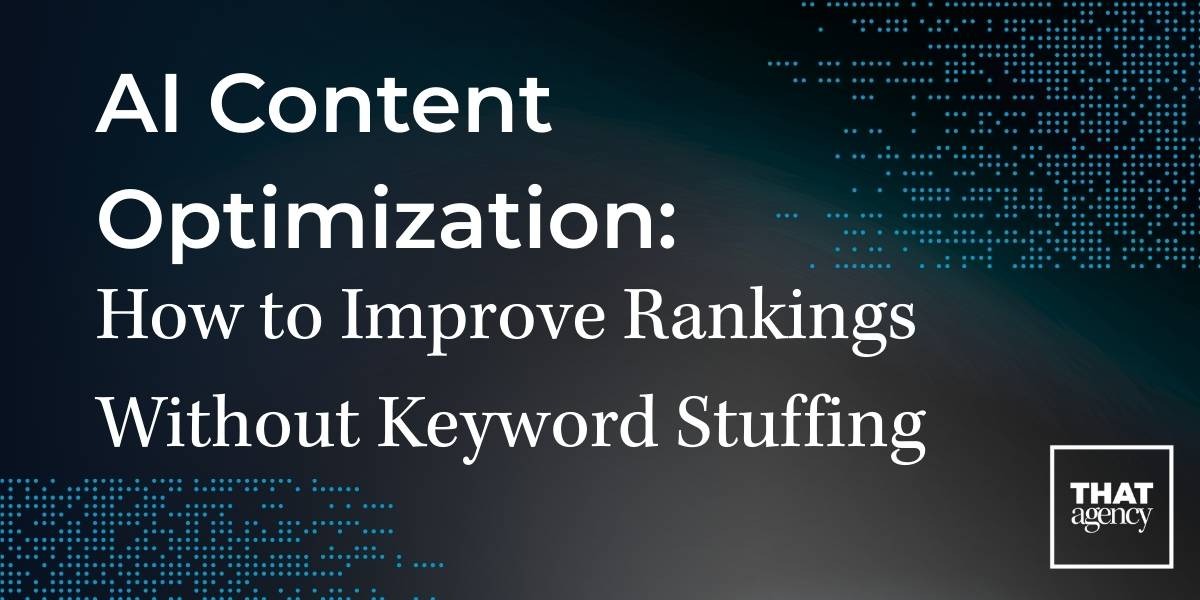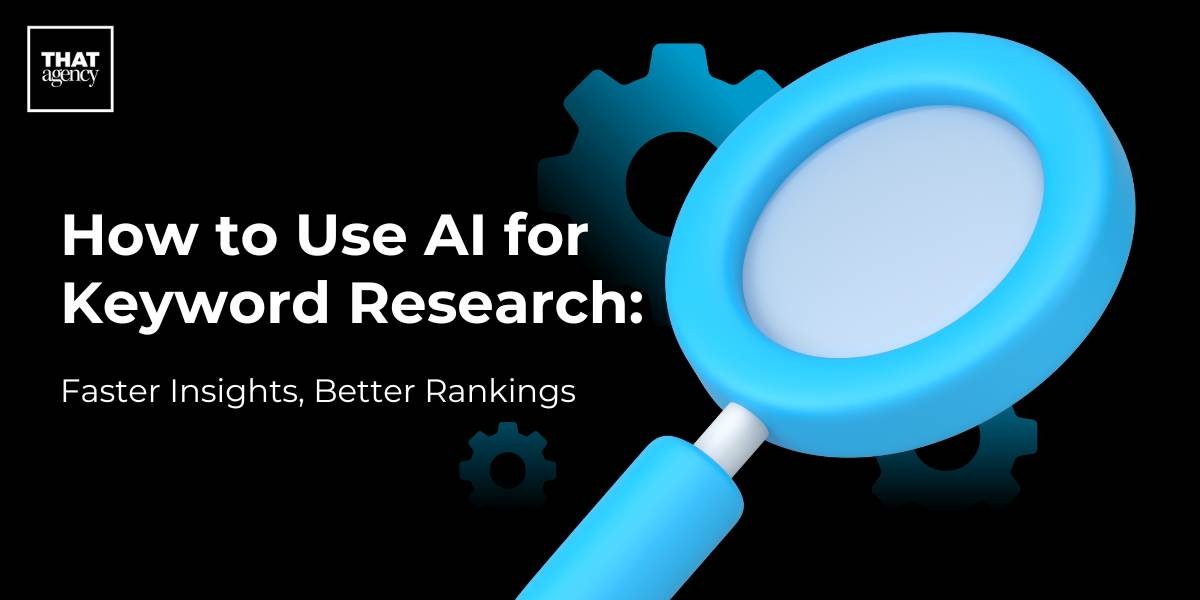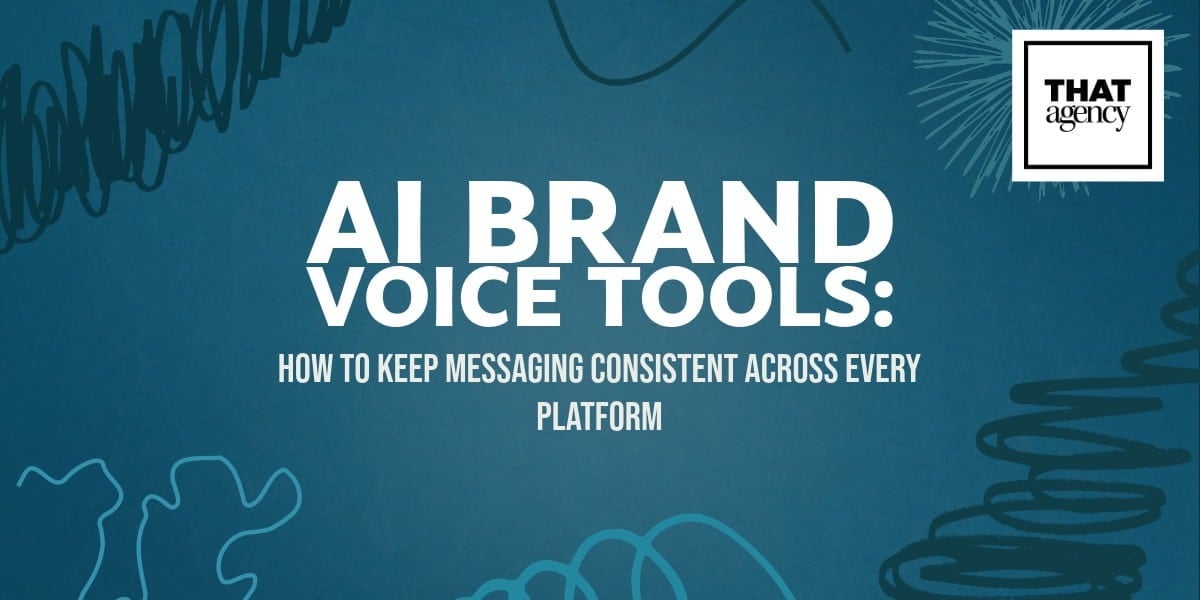Companies everywhere are ramping up their content marketing efforts to increase their rankings and be there to answer the questions their audience is searching for. However, it’s more than just posting a massive amount of blog posts or uploading hours of videos to rank. As search engines continue to make updates to their ranking algorithms, it’s increasingly important that you produce high quality content and not just a high quantity. This post will outline how to effectively use content mapping to ensure your content has purpose for your target audience so you can maximize engagement and make your publishing efforts worthwhile.
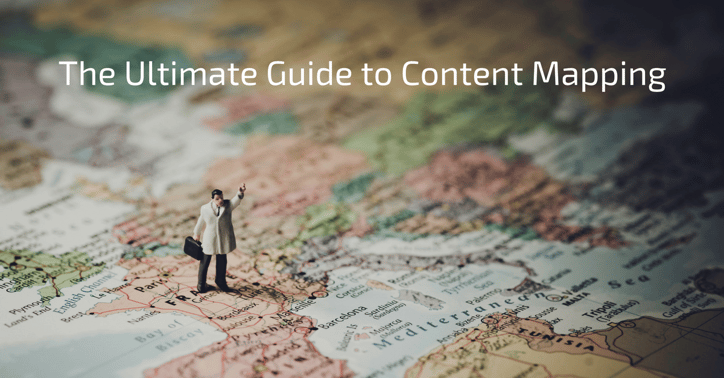
What is Content Mapping?
Content mapping is the process of creating a visual relationship between the relevant content you’ve created to achieve a specific marketing goal. It’s a way to organize your content marketing efforts and identify any holes or opportunities in your overall digital marketing strategy so you can effectively provide useful content to your target audience.
For digital marketers, it’s a great way for us to see the full scope of what your buyer personas can engage with currently, as well as serve as a launch pad for future ideas. The great thing about these maps is that they’re always going to change and grow as your business does.
Creating a Content Map
The first step to creating an effective content map is doing a full content audit. Gather every single piece of content and write the title down on a sticky note. Lay the sticky notes out in front of you and organize them in a way that makes sense to you. This is the most basic form of a content map and from here you’ll be able to start aligning your content with your business goals.
It’s important that you have a clear goal outlined in your content marketing strategy before you start organizing your content map. If you aren’t sure of your goal, revisit your strategy so you can understand the full scope and purpose of creating content for your users is so you can have a clear vision going forward.
Organizing your Map
There are a handful of ways you can organize the sea of sticky notes that lie in front of you. Regardless of how you decide to do so, the goal outlined in your strategy should remain on the forefront of your mind. If it helps, write out the goal on a piece of paper that’s a different color than the rest of the sticky notes and keep it at the top so you can always keep it in front of you. From there, it’s time to start shuffling your content around.

Just like you segment an email list or ad audience, you’ll be applying the same method to your content. Here are a few ways you can organize your content:
Topic
This is a basic way to categorize your content. Although it’s basic, it’s a great way to see if you’ve established a position of authority on the subject. You’ll be able to see what you’ve spent your time creating and where you could allocate more time to establish thought leadership in other areas. Categorizing by topic is a great way to start off your content map as it provides an underlying organization by creating a few sub-maps.
Format
If you don’t have an extensive content library or if you’ve been producing content on a wide range of channels this could be beneficial. For instance, if you’ve been heavy on blog posts and videos, it might behoove you to differentiate between formats to associate different channels to each piece of content. Remember, a lot of times content can be repurposed into different formats to provide value to your audience across different marketing channels.
Customer Lifecycle Stage
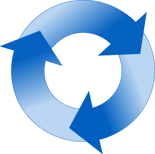
Once you have your content in front of you and organized in a basic fashion (typically by topic), it’s time to start associating purpose to each piece of content. A great way to do this is by implement aspects of customer lifecycle marketing into your content strategy. This requires an in-depth understanding of the decision-making process your prospects and customers go through leading up to a purchase.
Organizing your content into buckets based on customer lifecycle, you’ll be able to assess your content strategy from a holistic view and identify holes in your strategy. Lifecycle marketing takes each stage of the customer’s buying journey into account, and making sure you have content aligned with each stage will allow you to keep users engaged.
If you haven’t established customer lifecycles for your business, you might consider reaching out to an inbound marketing agency to help you identify advanced targeting opportunities in your content strategy.
Buyer Persona

Similar to lifecycle marketing, organizing your sea of sticky notes by who the content is meant for is an effective way to determine if you’re effectively providing value to the people you’re trying to attract.
A buyer persona is a semi-fictional representation of your ideal customers, and creating content aligned with their goals, challenges, and opportunities that lie in front of them is a great way to keep them engaged. You will likely have multiple buyer personas, so make sure you focus on each one equally. This way, you can make sure you have a consistent flow of people who are genuinely interested in the content you’re producing.
Reverse Engineering Future Content
While it’s extremely important to create content for each lifecycle stage, it’s a good idea to work backwards from post purchase towards awareness. Unless you’re bulk uploading all your content at once, the last thing you want is for someone to find a piece of content that exposes an issue they have, then not be able to find content on how to solve that issue.
When you start with delighting your current customers and work backwards through the decision, consideration, and awareness stages you’ll be sure to have the next logical step for your audience, thus making the most out of your time. It’s important to remember that not everyone entering your marketing or sales funnel will be coming in at the very beginning. By starting at the end, you capitalize on the people who enter towards the bottom as you build out the rest of your funnel.
The Benefits of Mapping Content
One of the biggest benefits mapping out your content gives you is a visual representation of your content marketing strategy. Instead of just an excel sheet with listed titles and links it allows you to actually see how your content relates to the overall goal of your marketing strategy.
Another advantage to creating a content map is identifying opportunities for future content creation. Many times the visual representation of your content will reveal holes in your strategy. From there, you can capitalize on the opportunity to connect the dots for users by creating valuable and relevant content.
Don’t Forget About Search Engines
Another huge benefit to content mapping is seeing what topics you’ve established a base rank for. Search engines are constantly updating and improving their algorithms to deliver a more relevant search experience for users, and staying on top of how your content ranks for target keywords is extremely important.
Nowadays, if people want information they’ll pull out their phones and essentially ask it a question. In order for people to organically discover the value you provide your customers your content must be able to be found. There are a few ways you can optimize your content to rank well for search engines:
Focus on Search Intent
This speaks to the purpose of your content. What question is the content answering? Does it align with the questions your buyer personas are searching for? In order to deliver a better search experience, Google has shifted ranking focus from basic keywords to keyword intent, meaning it looks to provide the best solution based on the search query.
.png?width=158&name=seo-1970475_1280%20(1).png) To optimize your content for search intent, make sure your content focuses on solving a single question or issue a searcher might have. Explicitly answer a question in your content to provide them with a quick answer, but give them the opportunity to dive deeper.
To optimize your content for search intent, make sure your content focuses on solving a single question or issue a searcher might have. Explicitly answer a question in your content to provide them with a quick answer, but give them the opportunity to dive deeper.
Doing this will not only make you look good to search engines, but it shows your audience that you care about them enough to know the questions and issues they have. It establishes your company as a thought leader in the area, and will allow you to engage your audience in a much more effective manner.
Nail On-Site Optimization
In the digital marketing world, there are a lot of things we can’t control. One thing we can control is on-site optimization for target keyword phrases, and making the page “easy to read” for search engines. Include alt text in pictures to let search engines know what it is. Link to relevant pages on your site to improve user experience and deliver extended value. Nailing your on-page optimization is essential to earn the ranking position you need to drive organic traffic.
Include keyword phrases and page rankings on your sticky notes to include a quick snapshot of how your content is ranking. From there you can use your map to expand upon future content ideas that will increase overall rankings and in-turn drive engagement.
In Conclusion
Building out a content map is a great way to get a sense of where your content marketing efforts are, and where they’re headed. There are many ways you can do it without using a whole pad of sticky notes, this is just how I like to do it as it provides an easy way to move things around and align content creation with business goals.
Content mapping is an extremely important part of building a solid content marketing strategy as it allows you to identify room for improvement as well as insight into what you’re doing well. If you’re looking to revamp your content marketing efforts, an inbound marketing agency can help you align your content with your personas’ lifecycle to effectively deliver relevant marketing messages across channels.
Effectively targeting and communicating with the right people at the right time in the right place is the key to success for content marketing. Keep in mind that you need to meet them with the content they’re looking for where they are, not where you want them to be.

